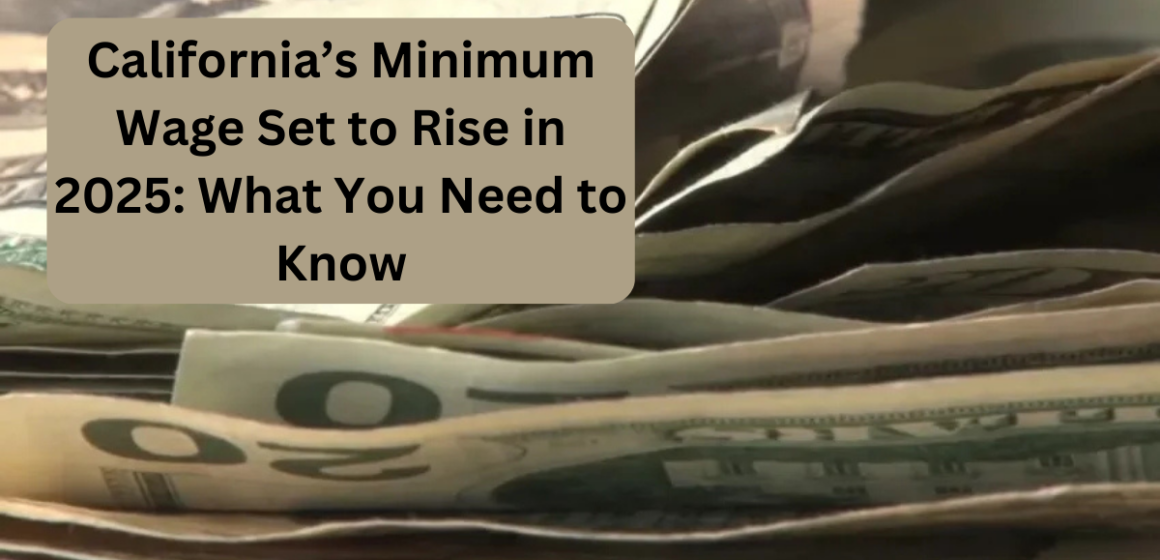California is set to raise its minimum wage to $16.50 per hour starting on January 1, 2025, as confirmed by the Department of Industrial Relations (DIR). This marks a $0.50 increase from the current $16 per hour wage rate, which was set for 2024. While Proposition 32, which aimed to raise the minimum wage to $17 per hour in 2025, was rejected by voters in the 2024 election, the new state-mandated wage hike remains a significant development for workers and employers across the state.
Statewide Minimum Wage Requirement
The minimum wage increase applies to all employers across California. The DIR emphasizes that this wage rate is a legal obligation that cannot be waived through any agreements, including collective bargaining contracts. This ensures that workers statewide will benefit from the wage hike, providing increased income for millions of residents.
Regional Variations in Minimum Wage
Although the state minimum wage will rise to $16.50, several cities and counties within California have adopted ordinances that establish higher minimum wage rates. These cities, which are often located in high-cost areas such as the Bay Area and Los Angeles, require employers to adhere to the stricter wage laws in place within their jurisdictions.
Here’s a look at some of the cities with higher minimum wage rates set for 2025:
- Belmont: $18.30 per hour starting January 1, 2025
- Cupertino: $18.20 per hour starting January 1, 2025
- East Palo Alto: $17.45 per hour starting January 1, 2025
- San Francisco: $18.67 per hour (current rate as of July 1, 2024)
- Sunnyvale: $19.00 per hour starting January 1, 2025
- West Hollywood: $19.65 per hour starting January 1, 2025
Implications for Employers and Employees
Employers in these regions must comply with the higher local minimum wage laws, which can differ significantly from the state’s baseline. In cities like West Hollywood and Sunnyvale, workers will see substantial increases to their hourly pay as compared to the state minimum, reflecting the higher cost of living in those areas.
In other regions, businesses will need to adjust their pay structures accordingly. For example, in cities such as Novato and Hayward, the minimum wage varies depending on the size of the business. Small businesses may continue to pay a lower rate than larger employers.
Economic Impact and Challenges
The wage increase is expected to have a mixed economic impact. On one hand, the pay raise will provide a financial boost to many low-income workers, helping to alleviate some of the financial pressures caused by the state’s high cost of living. However, it may also result in challenges for small businesses, particularly those in areas with lower living costs, who may find it more difficult to afford the increased wages.
The increase also comes at a time when inflation continues to affect consumer prices, making the wage hike particularly timely. However, advocates for workers argue that despite the increase, wages still do not fully match the cost of living in many parts of California.
How Businesses Can Prepare
California employers should prepare for the minimum wage increase by reviewing their current payroll systems, ensuring they are in compliance with both state and local wage laws. Businesses operating in cities with higher wages should also factor in the increased costs when budgeting for the new year.
For employees, this wage increase is a step toward financial stability, but many may still need to find additional means of income or adjust their spending habits to fully manage the cost of living in the state.
Overall, while the wage hike represents a positive move for workers, its impact will vary depending on geography, industry, and business size, leading to continued discussions about California’s broader economic policies.



Leave a Reply